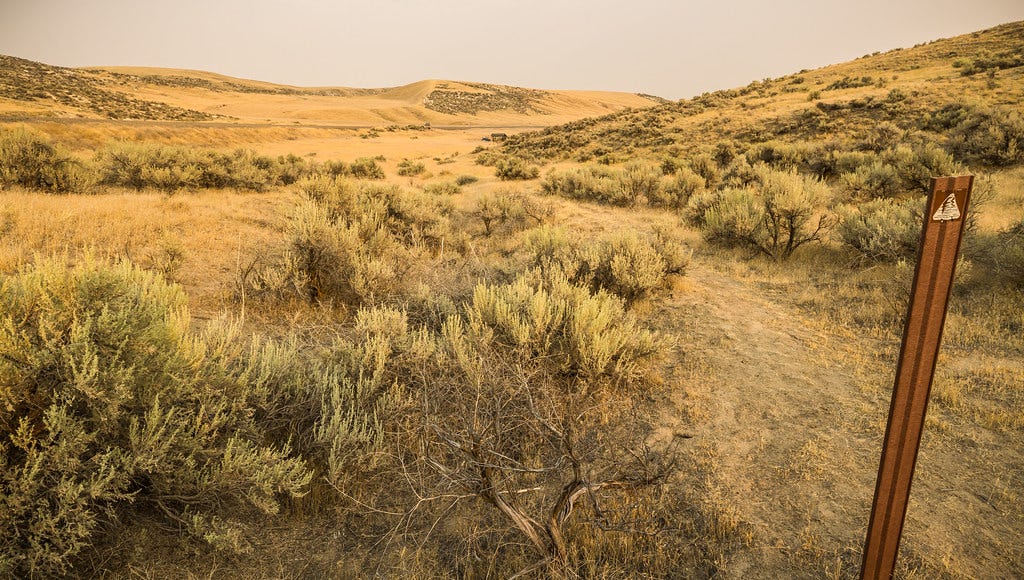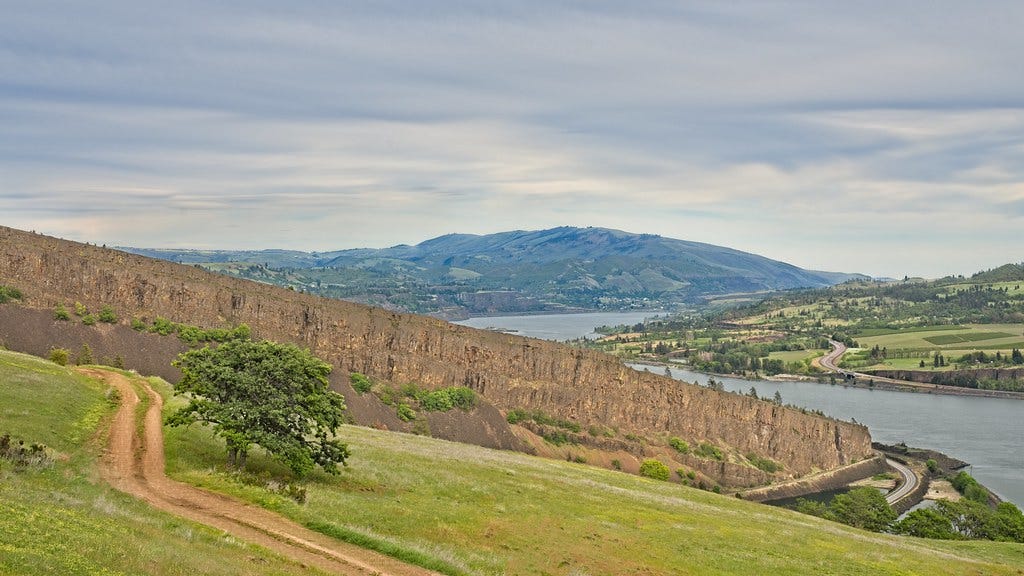Rod Ray: The Importance of Vision
To the greatest extent possible, use these crises as opportunities to build toward a better place on the other side.
Former CEO Bend Research, Inc. Ph.D. Chemical Engineer. "Courtesy Professor" at OSU-Cascades, teaching Leadership, Strategic Planning, and Thermodynamics.
Address today, but save time for tomorrow

"Oregon Trail - Keeney Historic Site" by BLM Oregon & Washington is licensed under CC BY 2.0
In any Strategic Planning Process, Vision for the Future is the key driver. In “normal” times, Leaders conceive of the Vision, then assess their organization’s internal and external strengths, as well as “gaps” in their organization’s resources or plans. Then plans are made that make use of the strengths, fill the gaps, and eventually achieve that Desired Future State of the Organization.
Times are far from “normal” for Oregonians…wildfires, political uncertainty, and COVID-19 have all taken most of us off any kind of “normal” trajectory. As a state, we are faced with massive change on almost all fronts. Educating our kids, going to the grocery story, or obtaining medical care, have all changed.
All of this seems, and is, somewhat overwhelming. However, it is critically important in these times to work towards a new Vision for you, your family, and your job or business. Recognize that not all things will “get back to normal.” Things will be different. To be sure, there are dangers inherent in this much change, and it is important to work to keep your family and businesses as secure and safe as possible. As much energy as is necessary should, of course, go to creating the best environment for your family and business as possible.
In addition, though, save some energy for looking forward—visualizing the future. It may not seem like it, but there will be opportunities for us all to change our lives for the better as we emerge from these crises to a “new normal.”
Why looking ahead is so important

"Coyote Wall Columbia Gorge 9104 D" by jim.choate59 is licensed under CC BY-NC-ND 2.0
Visualizing what things might look like for you and yours on the other side will help you recognize opportunities that are inherent in a world with this much change. Working remote, for example, is likely to continue to be much more “normal” than before COVID. If you desire to, or are forced to relocate, these crises may give you options in relocating you and your family to an environment better suited for your new Vision, as an example. Jobs and education are changing rapidly in these times, as is the education and training required to do these jobs, as well as where and how to receive this training. The future belongs to the nimble and adaptable.
This uncertain and novel future will likely require resources we may not have readily available. This is one place the Vision can be critical. If you have visualized a new normal for you and your family and/or business, this can guide you to ask questions and find new resources or options to make it happen. It is now possible, more than ever, for example, to work and go to school at the same time. It is also more possible than ever before to use your existing skill sets in new ways, and in a remote setting—this can change your opportunities and allow a Vision for the future that might not have been possible in “normal” times.
The main point is this: no one knows what the new normal will look like. We all have to “react” to some extent to the changes happening all around us. However, discourse with your family, friends, and advisors towards a new Vision for yourself and your family can result in “Seizing the Day.” Once you have a Vision for the future, it can guide you towards making the right moves to take you and yours to a Desired Future State of safety, culture, and fulfillment.
Of course, this point applies to more than just to individuals, families, and businesses. We need to set a Vision for our state as well. Only by identifying where we want Oregon to go, can we take the steps necessary to get there. Collectively, to the greatest extent possible, we should use these crises as opportunities to build toward a better place on the other side.
***************************************
Keep the conversation going: Facebook (facebook.com/oregonway), Twitter (@the_oregon_way)
#47


